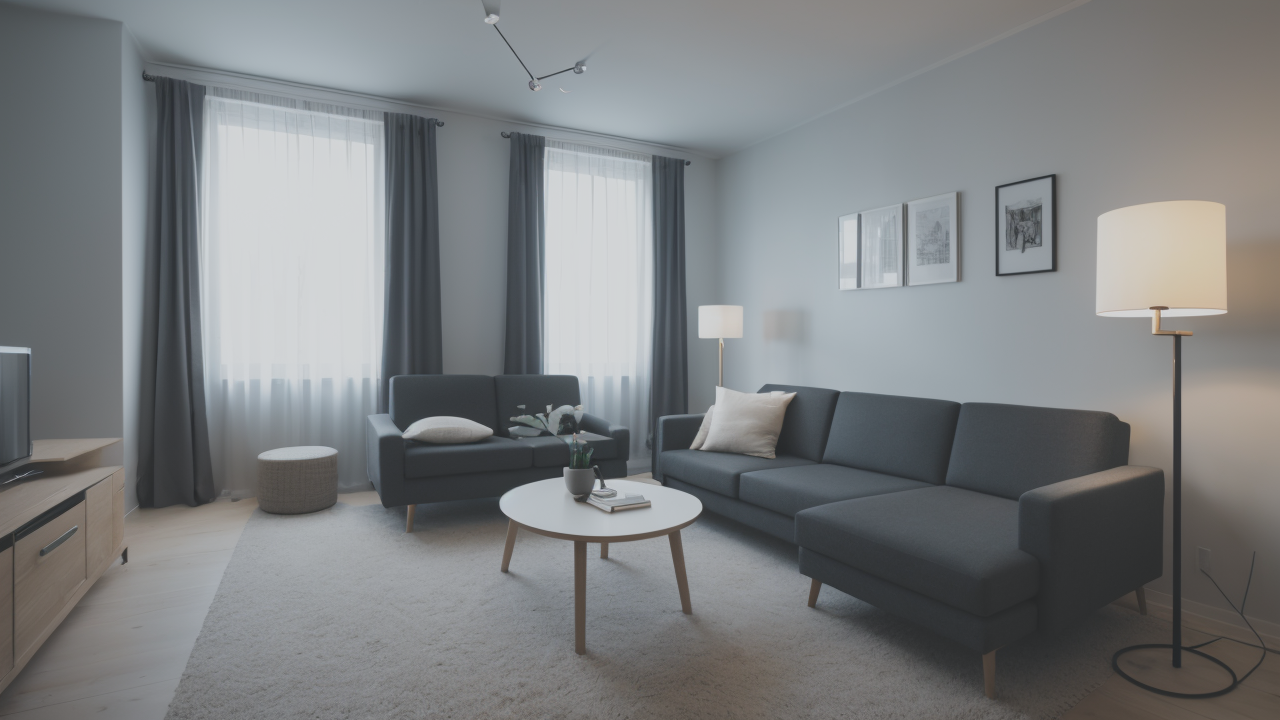
Mastering Minimalist Drawings: Essential Techniques for Modern Artists
The Evolution of Minimalist Art in the United States
Understanding the Origins of Minimalism
Minimalism emerged in the 1960s as a response to complex art forms. It focused on simplicity and basic shapes. Artists like Donald Judd and Frank Stella led this movement. They aimed to strip art down to its core elements. Minimalism rejected emotional expression in favor of objectivity. It emphasized the physical presence of artwork and its interaction with space. This approach influenced various fields, including design and architecture. The idea of "less is more" became a guiding principle for many creators. Minimalist art sought to remove excess and highlight essential qualities of form and color.

Key Influences on the Rise of Minimalist Art
Several factors contributed to the rise of minimalist art in America. The post-war economic boom led to a desire for simplicity amid growing consumerism. Modernist architecture, with its clean lines, inspired many artists. The Bauhaus school's functional design principles also played a role. Abstract Expressionism's dominance in the 1950s created a need for change. Artists sought new ways to express ideas without emotional excess. Technological advancements allowed for precise, industrial-like creations. These influences shaped minimalism into a powerful artistic movement that reflected cultural shifts.
The Transformation of Minimalism Over Time
Minimalism has evolved significantly since its inception. Initially, it focused on three-dimensional objects and installations. Over time, it expanded to include painting, music, and literature. The 1970s saw minimalism influencing popular culture and design. In the 1980s and 1990s, it became more mainstream in architecture and interior design. The digital age brought new interpretations of minimalist principles. Today, minimalism adapts to various mediums while maintaining its core values. It continues to influence contemporary art and design, proving its lasting impact on American visual culture.
Minimalist Art in Modern Design: Bridging Aesthetics and Functionality
The Intersection of Minimalism and Functionality
Minimalism in design goes beyond aesthetics to focus on functionality. It aims to create user-friendly products by eliminating unnecessary elements. This approach often results in intuitive interfaces and streamlined forms. Minimalist design enhances usability by reducing cognitive load on users. In architecture, minimalist principles create spaces that are both beautiful and practical. Furniture design benefits from minimalism's focus on comfort and versatility. The marriage of form and function in minimalist design has revolutionized many industries. It proves that simplicity can lead to more effective and elegant solutions.

Minimalist Design Strategies in Product Development
Product developers use several minimalist strategies to create effective designs. They start by identifying core functions and eliminating non-essential features. Simplifying user interfaces is a key focus, making products easy to understand and use. Designers choose materials carefully, often opting for high-quality, durable options. Color palettes are typically limited, with a preference for neutral tones. Geometric shapes and clean lines are common in minimalist product design. These strategies result in products that are visually appealing and highly functional. They show how minimalism can improve user experience.
Case Studies: Successful Minimalist Designs
Several iconic products showcase the success of minimalist design principles. Apple's products, particularly the iPhone, exemplify minimalism in technology. Their clean interfaces and simple forms have set industry standards. In furniture, IKEA's modular designs embody minimalist functionality. The Eames Lounge Chair combines comfort with sleek, minimalist aesthetics. In architecture, the Barcelona Pavilion by Mies van der Rohe remains a minimalist masterpiece. These examples demonstrate how minimalism can create timeless, user-friendly designs across various fields. They highlight the wide-reaching impact of minimalist principles.
The Future of Minimalism in Design: Trends and Predictions
Emerging Trends in Minimalist Art
Minimalist art continues to evolve, adapting to new technologies and societal changes. Digital minimalism is gaining popularity, focusing on simple, impactful online experiences. Sustainable minimalism is emerging, combining eco-friendly materials with minimalist aesthetics. Artists are exploring minimalism in virtual and augmented reality spaces. There's a growing interest in minimalist art that incorporates interactive elements. Some artists are blending minimalism with other styles, creating hybrid forms. These trends show minimalism's flexibility and ongoing relevance in the art world.

How Minimalism Shapes Future Design Innovations
Minimalism is poised to play a crucial role in future design innovations. It will likely influence the development of smart home technologies, prioritizing ease of use. In urban planning, minimalist principles may guide the creation of more efficient, sustainable cities. Wearable technology could benefit from minimalist design, becoming more seamlessly integrated into daily life. Minimalism may shape the future of transportation design, focusing on efficiency and user experience. As artificial intelligence advances, minimalist interfaces could make complex systems more accessible.
Predicting the Longevity of Minimalist Design Aesthetics
The longevity of minimalist design aesthetics seems assured for several reasons. Its focus on functionality aligns with the growing demand for efficient, user-friendly products. Minimalism's adaptability allows it to evolve with changing technologies and lifestyles. The aesthetic appeal of simplicity remains strong across cultures and generations. As sustainability becomes more critical, minimalism's "less is more" philosophy gains relevance. However, minimalism will likely continue to evolve, incorporating new ideas and technologies. Its core principles of simplicity and functionality will likely endure, shaping design for years to come.


